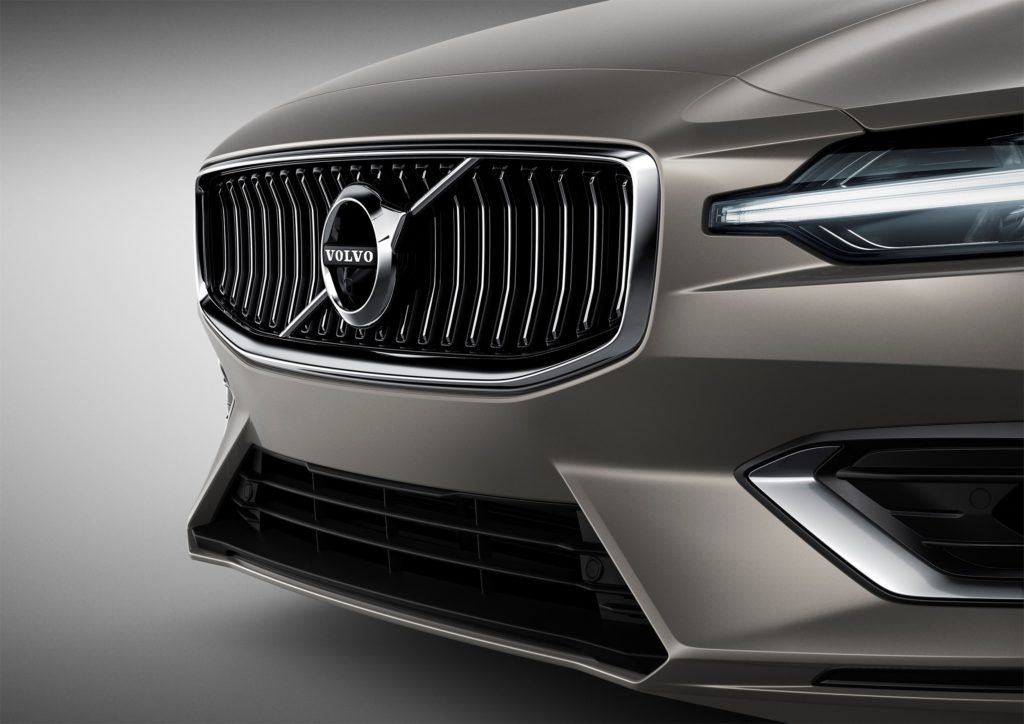Volvo and Uber unveil production-ready autonomous car
17 June 2019

17 June 2019
Volvo and Uber have unveiled their first production-ready model capable of autonomous driving as the two companies take the next step in their strategic partnership.
The XC90 base vehicle is equipped with key safety features that allow Uber to easily install its self-driving system, enabling the possible future deployment of the cars in Uber’s network as an autonomous ride-sharing service.
In addition, the vehicle features several back-up systems for both steering and brake functions as well as battery back-up power. Should any primary systems fail, these are designed to immediately act to bring the car to a halt safely. An array of sensors atop and built into the vehicle are designed for Uber’s self-driving system to safely operate and manoeuvre in an urban environment.
′We believe autonomous drive technology will allow us to improve safety further, the foundation of our company,’ said Håkan Samuelsson, president and chief executive of Volvo Cars. ′By the middle of the next decade, we expect one-third of all cars we sell to be fully autonomous. Our agreement with Uber underlines our ambition to be the supplier of choice to the world’s leading ride-hailing companies.’
Uber and Volvo entered a joint engineering agreement in 2016 and have since developed several prototypes aimed at accelerating the companies’ self-driving car development. The unveiled Volvo XC90 SUV is the first production car that, in combination with Uber’s self-driving system, is capable of fully driving itself.
The project was rocked in March 2018 by the death of a pedestrian while an Uber vehicle was on a trial run. The car, which had a driver on board, although not in control, was unable to see the victim as she crossed a dark road.
Following this, Uber suspended trials of autonomous technology while it conducted a review. It was not until December that the company said it was ready to restart its testing programme, albeit on a reduced scale and with a heavily renewed focus on safety.
Volvo plans to use a similar base vehicle concept for the introduction of its future autonomous cars in the early 2020s. These technologies, to be introduced on the next generation of Volvo models based on the SPA2 vehicle architecture, will include features designed to enable unsupervised autonomous driving in clearly designated areas such as highways and ring roads.
The carmaker believes autonomous driving can generate significant potential road safety benefits for society as a whole. Until that moment, the technology can offer customers a better driving experience by taking away tasks such as stop-start driving in traffic jams.